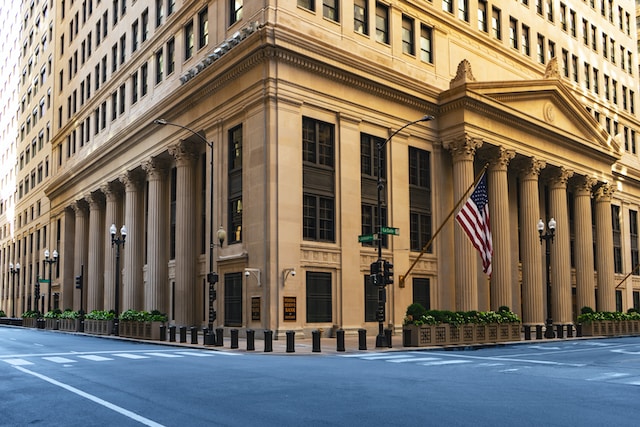The 2008 Great Recession rocked the American economy like a seismic wave, unleashing sky-high unemployment rates and an alarming surge in home foreclosures, something the country hadn’t witnessed since the infamous Great Depression. This economic upheaval had its roots in the subprime mortgage meltdown, but its effects extended far beyond just housing. It crept into mutual funds, pensions, and the very corporations holding these shaky securities, creating a domino effect of financial instability that resonated within many households nationwide.
Now, a full decade after the recession, and two presidencies later, the impacts are still haunting us. Workers continue to grapple with the lingering consequences, and economic inequality remains a pressing issue that refuses to fade into the background. It’s a reminder that the effects of a financial crisis can endure long after the headlines have moved on.
While many factors contributed to this economic downturn, one institution that has come under scrutiny is the Federal Reserve. In this blog post, we will explore how the Federal Reserve might have contributed to causing the U.S. Great Recession.
Loose Monetary Policy
In the early 2000s, the Fed pursued a policy of keeping interest rates low to stimulate economic growth and combat the effects of the bursting dot-com bubble. While this policy may have temporarily boosted economic activity, it also had unintended consequences.
There were early signs of distress. By 2004, U.S. homeownership had peaked at 69.2%. Then, in early 2006, home prices started to fall. Low interest rates encouraged excessive borrowing and lending, particularly in the housing market. Mortgage lenders were willing to extend loans to borrowers with questionable credit histories, leading to the proliferation of subprime mortgages. This housing bubble eventually burst, triggering a cascade of foreclosures and a collapse in housing prices.
Failure to Regulate Financial Institutions
The Fed is responsible for supervising and regulating banks, but it was criticized for not doing enough to rein in risky lending practices and financial innovations, such as complex mortgage-backed securities. Financial institutions that produced risky securities were more likely to hold onto them as investments. For example, by the summer of 2007, UBS held onto $50 billion of high-risk MBS or CDO securities, Citigroup $43 billion, Merrill Lynch $32 billion, and Morgan Stanley $11 billion.3 The lack of adequate oversight allowed financial institutions to engage in risky behavior, including the packaging and selling of subprime mortgage-backed securities. When the housing market declined, these securities lost their value, leading to massive losses for banks and other investors.
Delayed Response
Another criticism of the Federal Reserve’s handling of the Great Recession is its delayed response to the unfolding crisis. While the signs of economic trouble were apparent in 2007, it wasn’t until September 2008 that the Fed aggressively addressed the crisis. By that time, the damage had already been done, and the economy was in a deep downturn.
Some argue that the Federal Reserve should have acted sooner and more decisively to stabilize the financial system and provide liquidity to distressed institutions. A more proactive approach might have mitigated the severity of the recession.
As argued by Douglas W. Elmendorf (Brookings Institution, 2008), “the Fed encouraged this behavior.” If the Federal Reserve had kept interest rates at a higher level to advert a recession – monetary policy could have been adjusted when there were clear signs of developing asset price bubbles. However, since the U.S. has financed its budget deficits and residential investment by foreign funding, the weak demand for our net exports required us to keep interest rates low in order to generate enough aggregate demand to maintain full employment levels. If there had been no global savings to encourage this behavior, or possibly better U.S. net exports, maybe the Fed would have operated under different monetary policy standards with higher interest rates.
The role of the Federal Reserve in causing the U.S. Great Recession is a subject of ongoing debate among economists and policymakers. While the Fed’s actions were intended to promote economic growth and stability, there were unintended consequences that contributed to the crisis. This is just one piece of a much larger and more complex puzzle.

